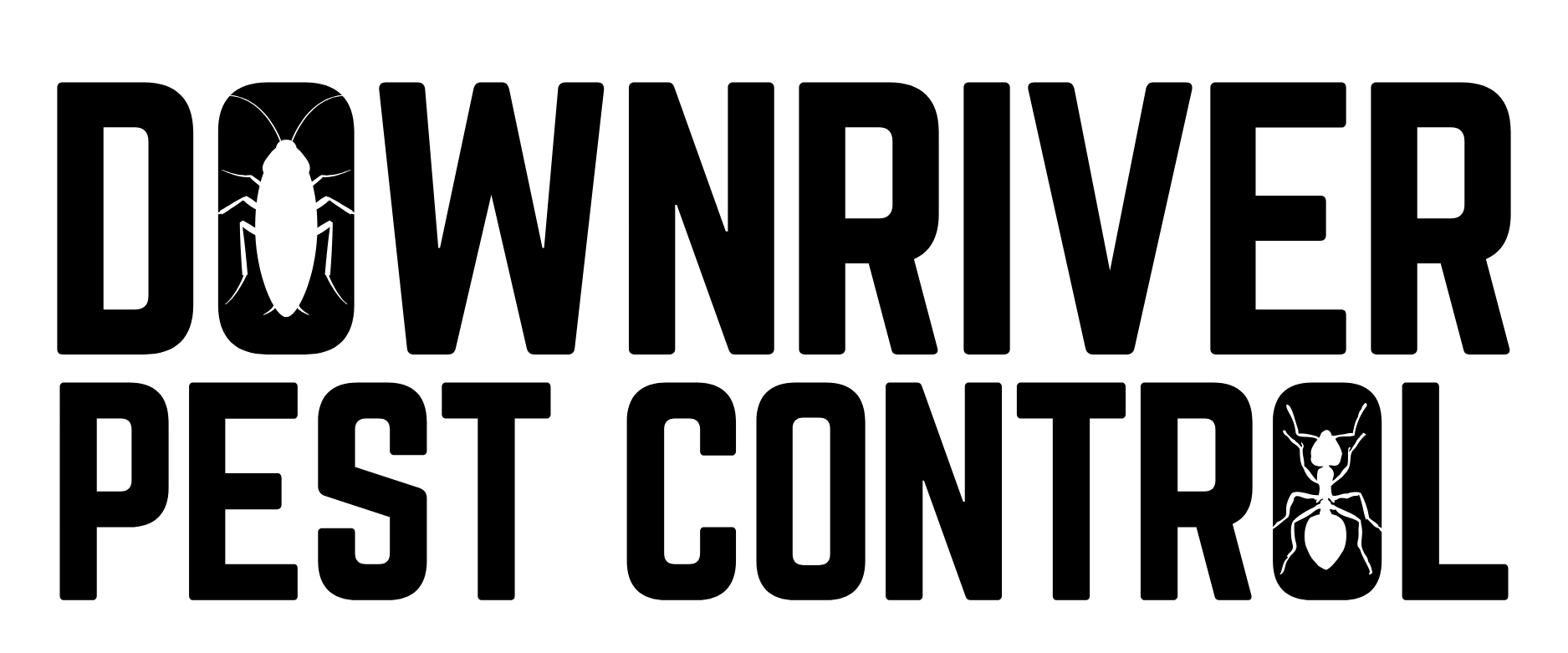Understanding Carpenter Ants: Insights and Solutions
Learn About Common Ant Species, Their Behavior, and How to Prevent Infestations with Expert Tips from Downriver Pest Control
Top Facts About Ants
Here Are Downriver Pest Control's Top 6 Facts About Carpenter Ants
1. They Don’t Eat Wood
Unlike termites, carpenter ants don’t consume wood; they excavate it to build their nests. They chew through wood to create smooth tunnels, causing structural damage over time.
2. Preference for Damp or Decaying Wood
Carpenter ants are often found in damp, decaying wood outdoors, such as tree stumps, logs, or hollow trees. Indoors, they may target wood damaged by moisture, often near sinks, bathtubs, or poorly ventilated areas.
3. They Can Cause Structural Damage
Over time, carpenter ants can weaken wood structures, which may result in costly repairs if an infestation goes unnoticed or untreated.
4. Active at Night
Carpenter ants are nocturnal and do most of their foraging at night. You might spot them crawling along walls, baseboards, or foundation areas in search of food after dark.
5. Winged Carpenter Ants Signal Infestation
Seeing winged (swarming) carpenter ants indoors is a strong indication of an active infestation. These ants are reproductive swarmers leaving the nest to start new colonies.
6. Difficult to Eliminate Without Professional Help
Because carpenter ants can nest deep within wood structures, DIY treatments often fail to fully eradicate them. Professional pest control is typically required to locate and eliminate all nest sites.
Ant-Proof Your Home
Effective Strategies to Prevent Carpenter Ant Infestations
Eliminate Sources of Moisture
Carpenter ants prefer damp or decaying wood, so reducing moisture indoors and outdoors is crucial. Fix any leaks in plumbing, roofing, and siding. Ensure proper drainage around your foundation, and use dehumidifiers in areas like basements, crawl spaces, and attics to control humidity.
Remove Decaying Wood
Clear any rotting wood from around your home, such as dead tree stumps, fallen branches, and old lumber. If you have firewood, store it off the ground and away from the house, ideally at least 20 feet away.
Trim Trees and Shrubs
Carpenter ants can use tree branches and shrubs as a bridge to your home. Regularly trim any vegetation that touches or overhangs your house to limit their access.
Create a Protective Barrier
Applying perimeter insecticide treatments around your foundation can deter carpenter ants. These treatments should be professionally applied to ensure safety and effectiveness.
Carpenter ant infestations can be a serious problem, but you don’t have to face them alone.
At Downriver Pest Control, we offer expert solutions to keep your home carpenter ant-free. Contact us today for a comprehensive inspection and personalized prevention plan.

